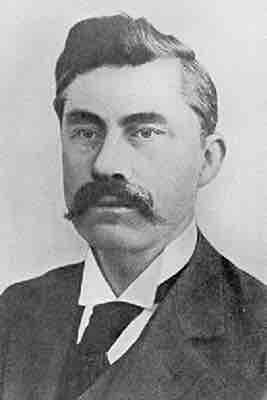History of Nitrogen Fixation
For thousands of years farmers were aware that plants belonging to the legume family, such as peas and soy beans, promoted crop growth when planted with other non-legumes such as wheat. Growing a legume crop in a field could also result in the next year's crop of non-legume plants giving a far greater yield. This led to the practice of crop rotation, a practice which can be traced back to techniques recorded in Roman literature.
While the ancient Romans were aware of the improved results gained through crop rotation, they did not know that these benefits were brought about through the replenishment of nitrogen in the soil. Later people knew legumes did replenish nitrogen in the soil, but did not know how atmospheric (N2) was converted into ammonium (NH3) by legumes until research done in the 19th century. Hermann Hellriegel (1831-1895), a noted German agricultural chemist, discovered that leguminous plants took atmospheric nitrogen and replenished the ammonium in the soil through the process now known as nitrogen fixation. He found that the nodules on the roots of legumes are the location where nitrogen fixation takes place.
HELLRIEGEL'S AND BEIJERINCK'S DISCOVERIES
Hellriegel did not determine what factors in the root nodules carried out nitrogen fixation. Martinus Willem Beijerinck (March 16, 1851 – January 1, 1931), a Dutch microbiologist and botanist, explored the mechanism responsible, discovering that the root nodules contained microbes. He further demonstrated that these microbes were bacteria, which he named rhizobia. These rhizobia perform the chemical processes of nitrogen fixation. In addition to having discovered this biochemical reaction vital to soil fertility and agriculture, Beijerinck is responsible for the discovery of this classic example of symbiosis between plants and bacteria. The bacteria in the root nodules are needed to provide nitrogen for legume growth, while the rhizobia are dependent on the root nodules as a environment to grow.and a source of nutrition.

Martinus Beijerinck
Work done by Martinus Beijerinck was key to the discovery of rhizobia, symbiotic bacteria found on the roots of legumes and responsible for nitrogen fixation.